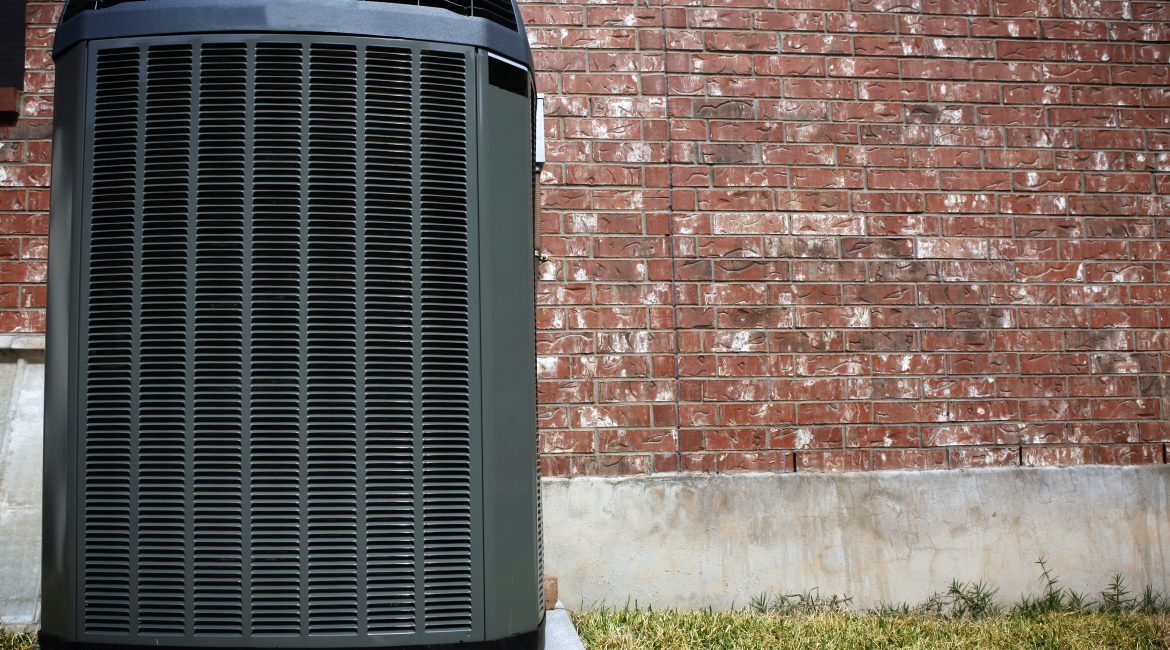Buying a home is exciting but scary, so every homeowner should have some basic knowledge of a few preventative home maintenance tasks. A few items you should know is the location of your main water shut-off valve; where your circuit breaker box is located; and how to gain access to your attic or crawlspace.
But when it comes to the biggest single investment in your home, your heating and air conditioning system, we recommend you learn about a few more troubleshooting tips which can save you money and heartache.
Where is Your Breaker Panel Located?
Knowing the location of your breaker panel box and how to check for tripped breakers can save you trouble when it comes to your air conditioning system. Spring and summer thunderstorms can trigger a power surge, which may cause a breaker to trip.
If you notice your air conditioner has suddenly stopped working, you can save a service fee just by checking to see if the breaker has tripped. Breakers are a safety item, so wait until any inclement weather has passed before checking the panel box. Restoring your air conditioning could be as simple as resetting the breaker.
Do Know Where Your Air Filters are Located?
Find out where your HVAC equipment is located, as well as the air filters, when you purchase a home. Replacing the air filters improves air quality, extends the life of the equipment, and prevents frustrating breakdowns.
You should always keep spare filters on hand. Your local home improvement stores carry standard filters which fit most heating and air conditioning systems, or Fredericksburg’s HVAC experts at First Choice Heating & Air Conditioning can help you.
How Much Do You Know About Your Thermostat?
As a homeowner, obtain a copy of your thermostat manual and learn how to use it. Determine if your thermostat is hard-wired or requires batteries – or both.
Many thermostats have battery backup applications for when the power fails. If your thermostats use batteries, make sure you are replacing them at the same time you change your smoke detector batteries. Experts recommend changing all these batteries twice a year with the time-change.
Drain Pan Float Switch at the Indoor Air Handler or Furnace
When your air-conditioner system is engaged, it not only cools your home, but also removes humidity from the air, which collects in a drain pan below the evaporator coil. The water or moisture being removed from your home must drain somewhere.
If the drain becomes clogged, the pan can fill with water. A drain pan float switch is an electronic sensor which detects when the drain pan is full of water, automatically shutting off your hvac system.
As part of a preventative maintenance plan, service technicians check drain lines for clogs and proper function of said float switch. Knowing what type of drain pan float switch your system has can help you determine if you have a clogged drain line or if excess water is caused by something else.
Some float switches are designed to not only shut down the air conditioner, but also make the thermostat go blank.
Emergency Shut Off Switch for Your Fredericksburg Home
Most building codes require the furnace shut off switch to be installed within sight of the furnace itself. All homeowners should know where this switch is located. The switch looks just like a light switch. Very frequently, homeowners accidentally flip these switches off when in the attic or closet, wherever your equipment is located.
These are used to shut off power to the furnace in case of a gas leak, or when working on the furnace, the emergency switch adds convenience and is a safety device. If your furnace or air-handler suddenly stops working, especially if you have been in the attic recently, make sure to verify the shut off switch is on, before calling a service technician.
If you are unsure or have questions, please contact us First Choice Heating & Air Conditioning.

